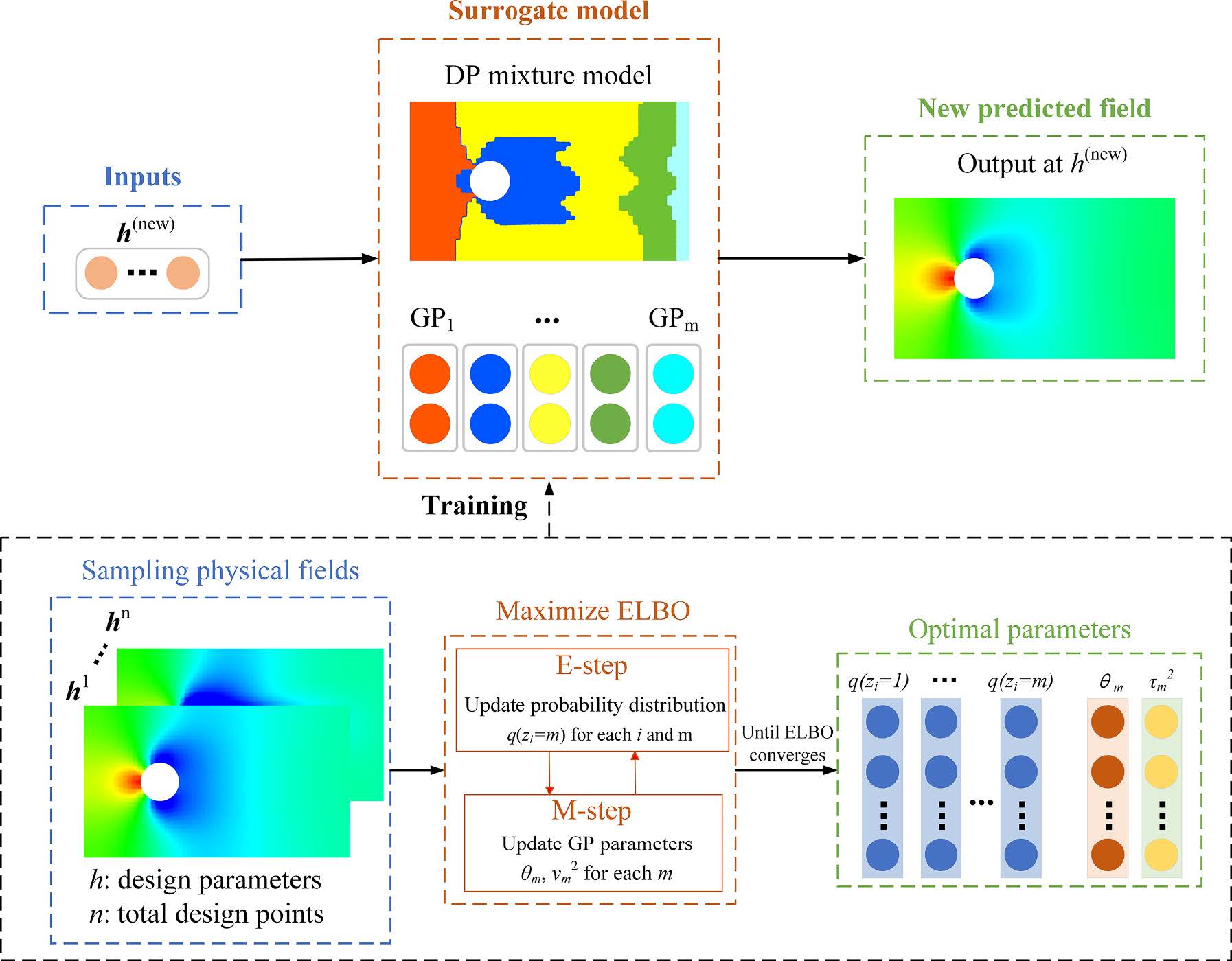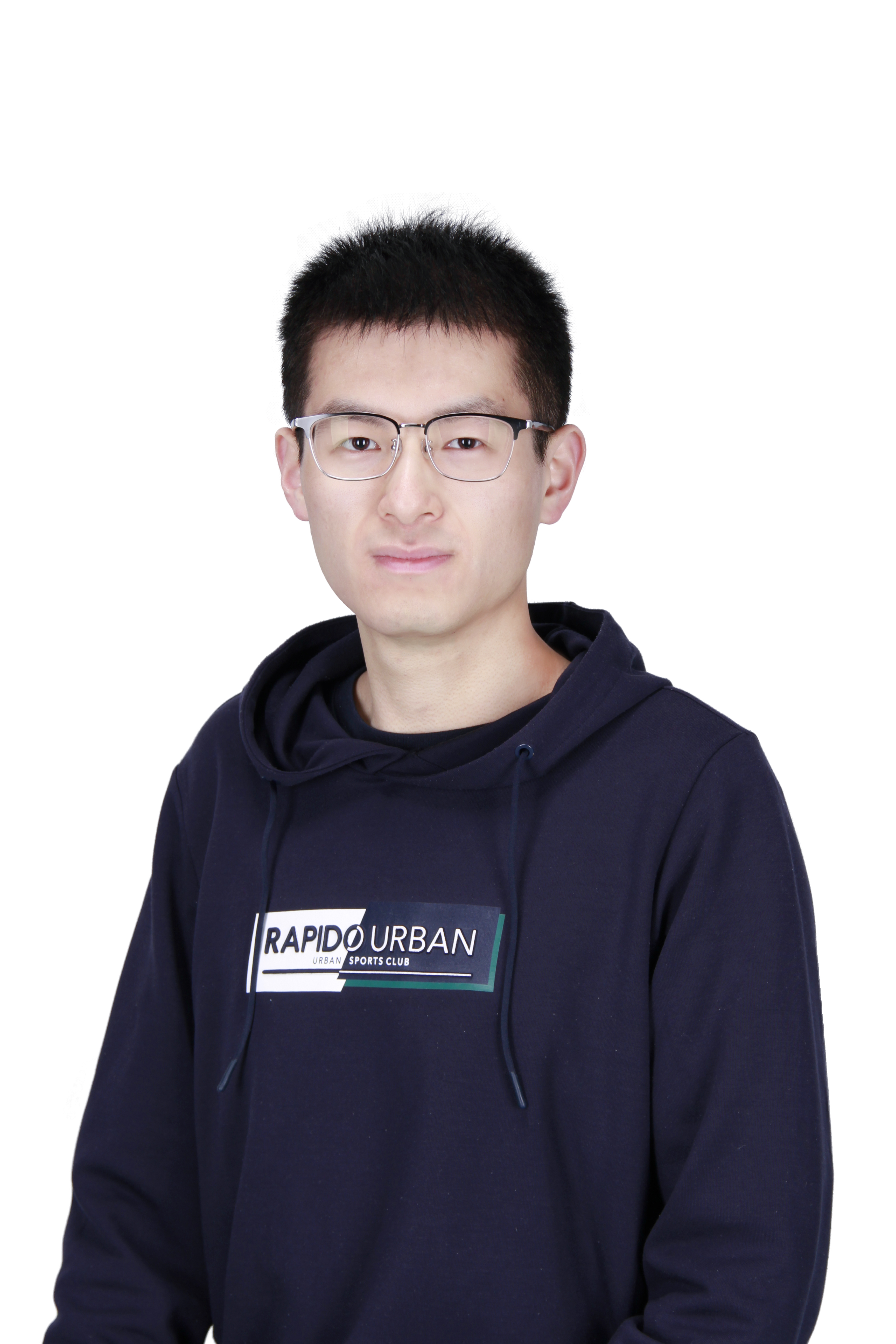Region-optimal Gaussian process surrogate model via Dirichlet process for cold-flow and combustion emulations
Published in Computer Methods in Applied Mechanics and Engineering, 2025
Authors: Mingshuo Zhou, Ruiye Zuo, Chih-Li Sung, Yanjie Tong, Xingjian Wang
The present work develops a novel surrogate model, region-optimal Gaussian process (roGP), to accurately emulate cold-flow and combustion fields in a significantly short time period. The model leverages an advanced statistical approach, Dirichlet process (DP) mixture model, to partition the entire spatial domain of concern into discrete subregions in a physics-informed manner. Each subregion contains the common features embedded in the collected dataset and is modeled by a Gaussian process (GP) with shared hyperparameters. Additionally, an active learning strategy iteratively refines the training dataset by prioritizing high-uncertainty regions, further enhancing predictive accuracy. The roGP model is evaluated on three representative cases of increasing complexity, consistently outperforming conventional GP-based surrogates. Results show that roGP effectively mitigates overfitting in independent GP models and reduces information loss in properorthogonal- decomposition GP models. In all test cases, roGP achieves superior spatial prediction accuracy, with relative root mean square errors below 5.5 %. A unique characteristic of the roGP model is that the DP-optimized subregions of roGP connect physics-alike coordinates among sampling design points. The entire pressure field in cold-flow case is effectively described by five subregions, while physical fields in two combustion cases require the elevated number of subregions due to their increased complexity. roGP achieves substantial acceleration in prediction time, up to eight orders of magnitude faster than numerical simulations. The developed surrogate model can be implemented to emulate a range of high-dimensional engineering applications with high accuracy and efficiency.
Download paper here

